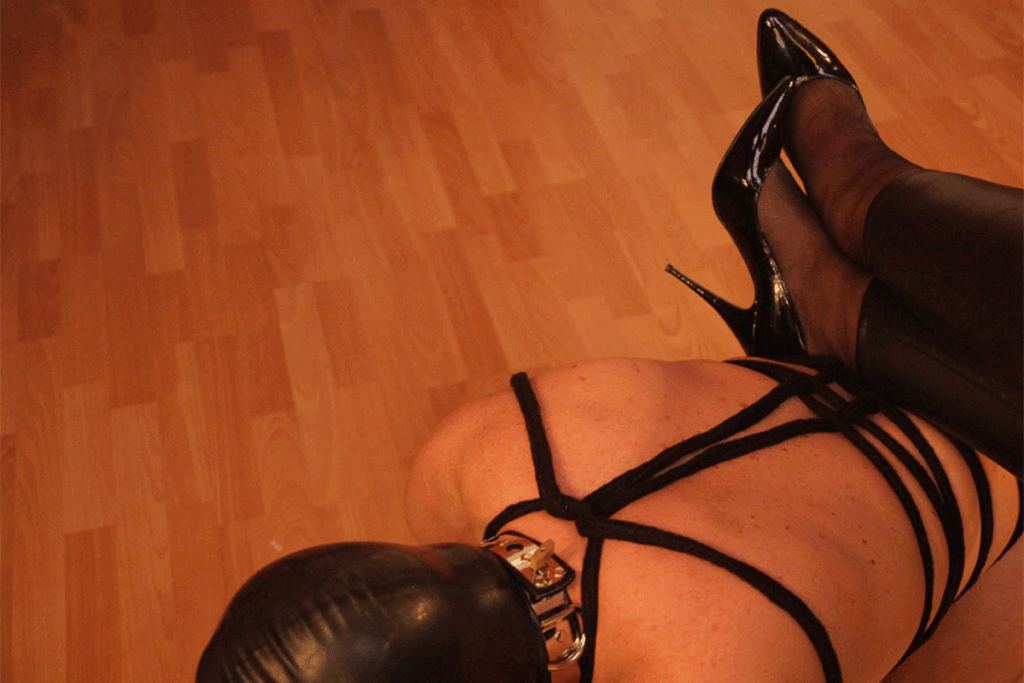Human furniture
Definition
Human furniture refers to a form of objectification within BDSM in which a submissive is used as a piece of furniture – for example, as a chair, table, footstool, or stand – with the aim of temporarily reducing their humanity to an object of service or decoration.

Explanation of human furniture
The experience of human furniture is not about practical use, but about the symbolism of power, control, and surrender. Using a sub as a piece of furniture emphasizes their role as an object or possession. The sub is not addressed or actively involved, but is present as part of the environment—quiet, useful, and obedient.
For many subs, this game represents a deep form of submission: letting go of identity and individuality. It can be calming, because thinking falls away and only serving remains. For the Dominant, it can be an expression of absolute control or aesthetic pleasure – the sub as a living art object or extension of the space.
There are countless variations: a sub serving as a footstool on their hands and knees, someone sitting quietly with a tray on their head, or a sub acting as a human coat rack or candlestick on the bed. In more ritual or artistic contexts, human furniture is also used in Femdom ceremonies or objectification to combine discipline, beauty, and silence.
Safety & points of attention
Although human furniture often seems like a calm and static form of play, it does involve physical risks. Remaining in one position for a long time can lead to tingling, circulation problems, or joint pain.
Therefore, always pay attention to:
The sub’s posture: choose positions that do not overload the body.
The duration of the scene: change positions regularly to relax muscles.
Surface and pressure points: use pillows or soft mats to prevent pain.
Breathing: make sure the chest and abdomen can move freely, especially in positions on hands and knees.
In addition, it is important to monitor the emotional side. Not every sub enjoys dehumanization; some people find comfort or focus in it, while others may feel alienated by it. Good debriefing and aftercare help to anchor the experience and process it emotionally.
Related terms human furniture
Human ashtray
Humiliation
Objectification
More information

